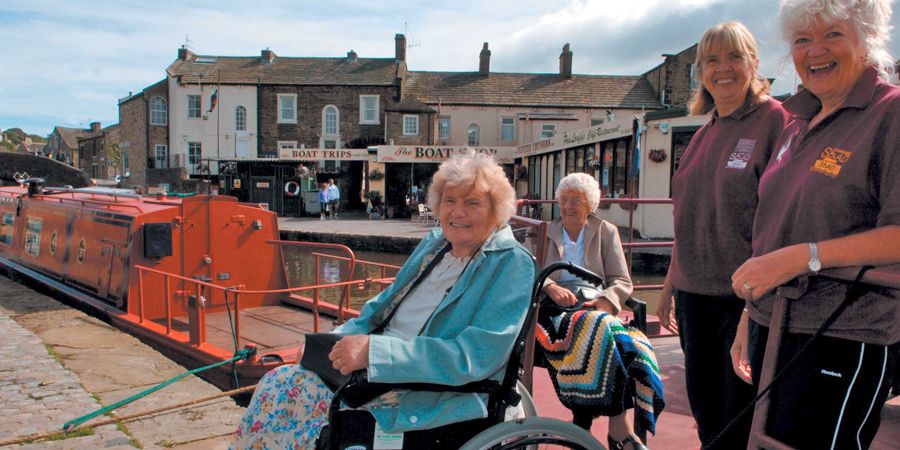Andy Tidy has put together an instructive account of the BCN and has more chapters to recount.
I do have an opinion about James Brindley and am unhappy about the general view that he made the "Old Birmingham Canal". For Brindley, he surveyed the route as well as various alterations to that survey as that route changed following the issues at Smethwick Tunnel, but there were many people involved in the making of the Birmingham Canal, particularly the clerk of works and Samuel Simcock.
The fault for the mis-understanding that Brindley was the main person behind the making of canals such as the Birmingham lies with historians such as John Phillips and Samuel Smiles, that gives Brindley blanket credit for much more than he did. Over the years historians and authors have continued to repeat the fallacy until it has been generally accepted. Brindley is credited with also "making" the Bridgewater Canal, but some people like Hugh Malet, who wrote the book the Bridgewater the Canal Duke places most of the credit with John Gilbert.
Wherever James Brindley was involved with canals, there are modern memorials to his name. To give the name Brindley Place to the 1990's development in central Birmingham is a suitable example. Yes, it is true that Brindley provided for two options for a terminus in Birmingham and the Paradise Street Branch was made along a similar route to the design of Brindley's initial proposals. Yet that scheme changed and at one time included a tunnel through to Broad Street Islington from near the junction with the first canal to Farmer's Bridge, and the original terminus beyond. That then changed to the Deep Cutting as far as Islington where the original bridge is still there at the point where Broad Street Tunnel narrows. Brindley was then in the last year of his life, and was engaged on many other schemes. At the the time the Paradise Street branch was made there was a contest between two locations for the main BCN terminus. The line to Paradise Street won that contest and the company offices were built at the terminus basin facing Paradise Street. Naming Brindley Place certainly gives credit to the man who can be said to be the architect of the canal genesis in Britain and even then there are those that place that genesis earlier. Engineers such as Thomas Steers and Henry Berry are in that mix. As are the contemporaries of Brindley, who concieved canal schemes to rival those that were approved.





















